
Air handling unit (AHU) frame aluminum profile For Cleanroom Door
- By:ren
- 2022-11-24
- 29
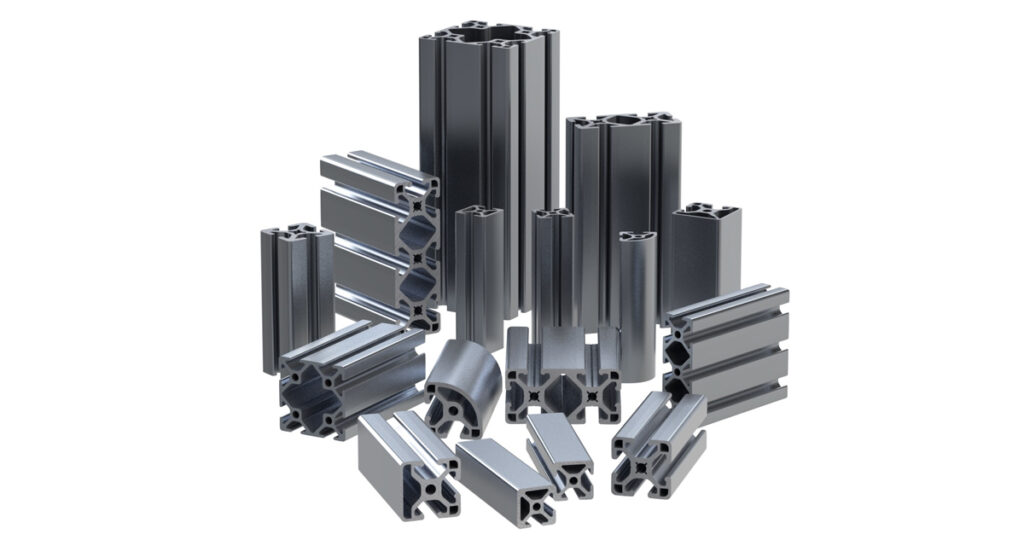
With an Air Handling Unit (AHU) able to cool, humidify, ventilate and air condition a building in one operating unit, designers are now looking at ways to incorporate it into the building itself. Read on to learn more about incorporating an AHU into the architecture of your commercial property.
How an Air Handling Unit Works
An air handling unit, or air-conditioning unit, is a piece of equipment that can be used to condition and control indoor air. It does this by using a system of indoor and outdoor air ducts and filters to efficiently move air using both heat and moisture transfer. Air handling units can be great additions to interior spaces like offices or stores where the space is too small for ductwork, or to large spaces like a hospital where the HVAC system is too large to be easily moved. AHUs can also be combined with other systems, like lighting controls, to create more complex systems that control the environment of a building.
Benefits of Air Handling Unit in Building Design
An indoor air quality system paired with an AHU unit can provide many benefits for building design. First, the system will produce purified, conditioned air, eliminating the need for fans or other mechanical systems. The filtered air is then distributed using a distributed air system throughout the building. AHU systems can also provide for variable temperatures, including heating during winter and cooling during summer months. AHU systems are also energy efficient, helping to reduce the amount of electricity required to run the building’s HVAC system.
Reducing Costs with AHU in Commercial Property
AHUs are able to produce a consistent temperature, eliminating the need to use fans to move air through the building. This makes the system a more efficient way to distribute air; as a result, it requires less energy to run. In many cases, the return on investment on an AHU system is high enough to make it more cost-effective than traditional mechanical systems. AHU systems can also be combined with equipment like occupancy sensors to create a smarter building. This can help reduce costs by automatically turning the system on and off. AHUs are also a good option for smaller buildings. These units are often smaller and lighter than larger mechanical systems, making them more cost-effective for smaller spaces.
AHUs and the Environment
AHUs have many benefits for the environment and for building design. The systems are able to produce consistent temperatures and can also offer customizable temperatures, allowing for cooling during the hot summer months and heating during the cold winter months. This is much more efficient than using mechanical systems that only offer temperature-dependent controls. AHUs can also be configured to use less energy, reducing the carbon footprint of the building and saving money on electricity costs. AHU systems can also be designed to reduce the amount of air leaked out of the building. These systems can be part of a larger building automation system, helping to control the environment and reduce costs.
AHU Frame Materials
AHU frames are made of a variety of materials, depending on the application and desired specifications. For example, a school with a high volume of students may want a frame that is designed to withstand the high temperatures and frequent moisture found in a school environment. AHU frames are most commonly manufactured from a variety of steel alloys. The most common steel used in AHU frames is ASTM A36, which is a low-maintenance material that is resistant to corrosion and offers good corrosion resistance. ASTM A108 is another common alloy and is often used in food handling applications. High-performance alloys, like C36 and X10, are also commonly used in AHU frames. The best performance alloy to choose depends on the application.
Frame Details and Versatility of an AHU Frame
AHU systems are engineered to provide consistent temperatures and humidity in a building. AHU frames are designed with a variety of inputs and outputs to connect with other systems. The system may have one or multiple inputs and outputs, depending on the application. One common input is for a humidistat. This is a device that sets the desired humidity level for the building. The building’s air handler then regulates the amount of air that enters the system to maintain the desired humidity level. AHU frames are also commonly equipped with controls for lighting and exhaust fans. These systems allow for complete control of the building’s interior environment. AHU systems are a highly flexible design and can be configured to control any number of building systems, including lighting, ventilation, climate controls and appliances.
Conclusion
An AHU can be a great addition to any building. Whether the system is being used as part of a new building or as an upgrade to an existing structure, an AHU can provide consistent temperatures and humidity levels in a building. AHUs are most commonly designed to provide cooling; however, they can also be used to provide heating during the winter months. Once installed, these systems are a reliable solution that is efficient and cost-effective.
-
Cleanroom Glass Windows Are The Key to Maintaining a Clean Environment
-
Top Aluminium Profile Manufacturers in China: Leading the Global Market
-
The Evolution of Air Tight Sliding Doors
-
AHU Aluminium Profile: A Comprehensive Guide
-
The Importance of Choosing the Right Cleanroom Door in Vietnam
-
The Benefits of Hospital Automatic Doors: Enhancing Efficiency and Safety
-
The Best Bathroom Door Manufacturers - Unlocking Endless Possibilities!
-
Unlock the Possibilities with AJ Manufacturing Doors
-
Make a Statement with Manufactured Home Interior Doors!
-
what is aluminum profile? Aluminum Profiles for Your Home is the best option
-
High Speed Clean Room Doors Cut Contamination Risk
-
Dustproof Cleanroom Door Innovation for Sterile Spaces
-
How Cleanroom Half Glass Swing Door Enhances Sterile Access
-
Why Custom Cleanroom Aluminum Profile Matters Today
-
Smart Ceiling Air Diffuser: Dampers Add Full Control
-
E-ZONG: Trusted Air Tight Sliding Cleanroom Door Manufacturer
-
Top Benefits of Clean Room Roll Up Door Systems
-
Cleanroom Glass Door Innovations You Should Know
-
Improve Airflow With the Right Air Diffuser Vent
-
Why Every Laboratory Needs a Sealed Cleanroom Door

Guangzhou Yizhong Aluminum Industry Co., Ltd.
We are always providing our customers with reliable products and considerate services.
We are always providing our customers with reliable products and considerate services.
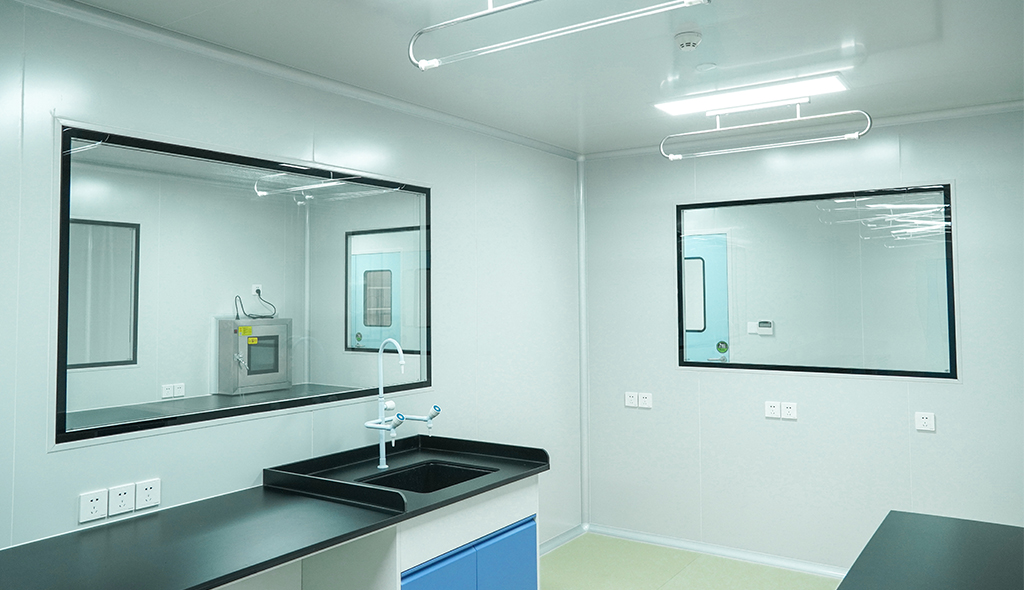
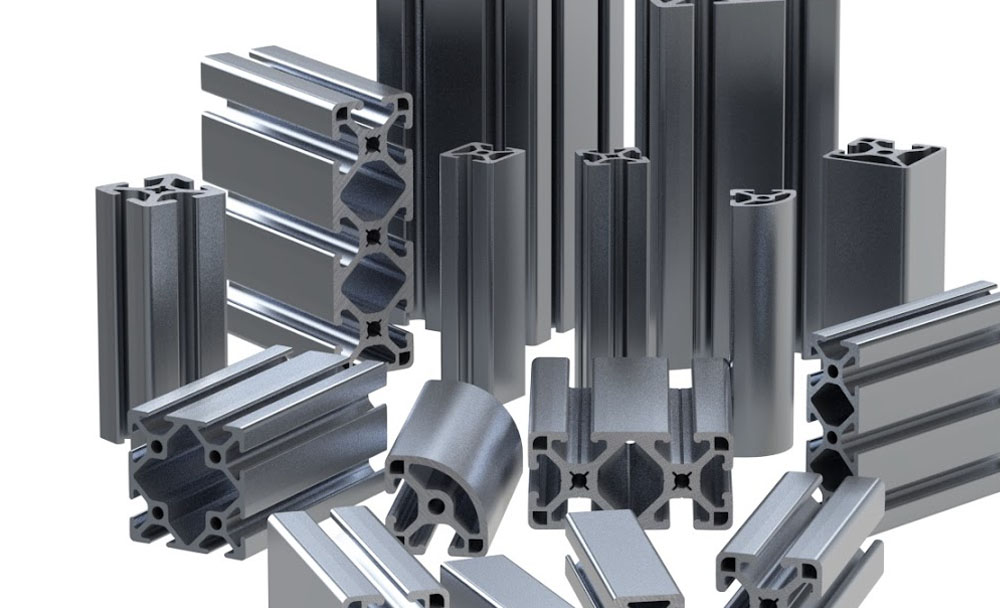
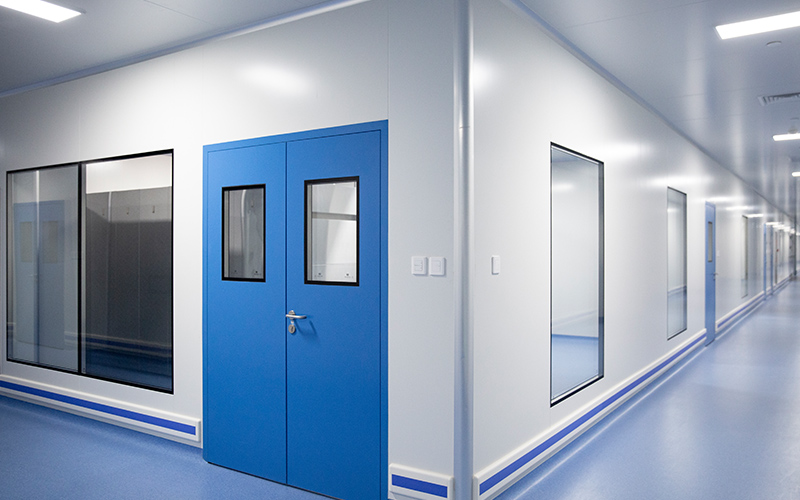
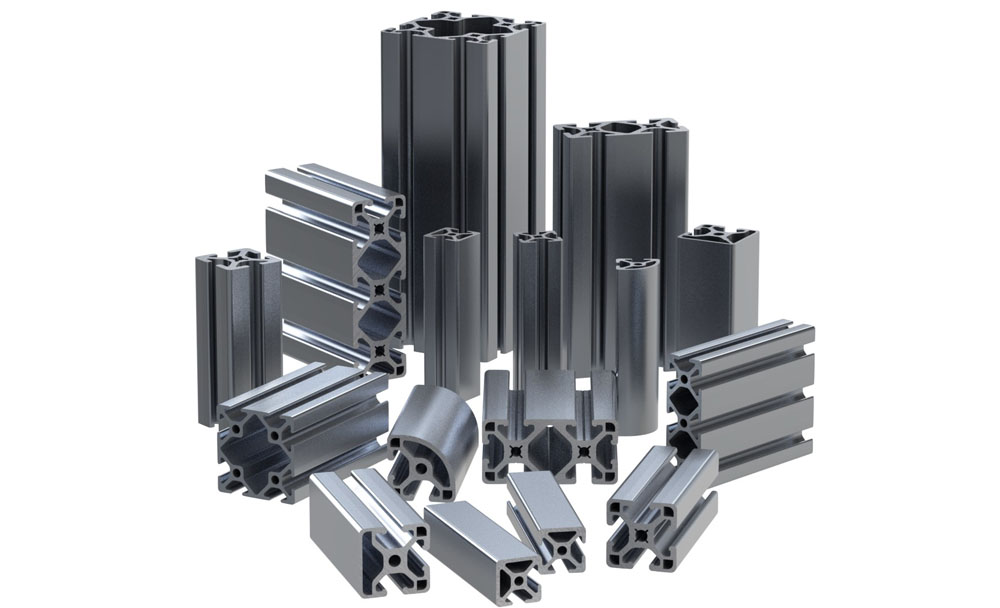
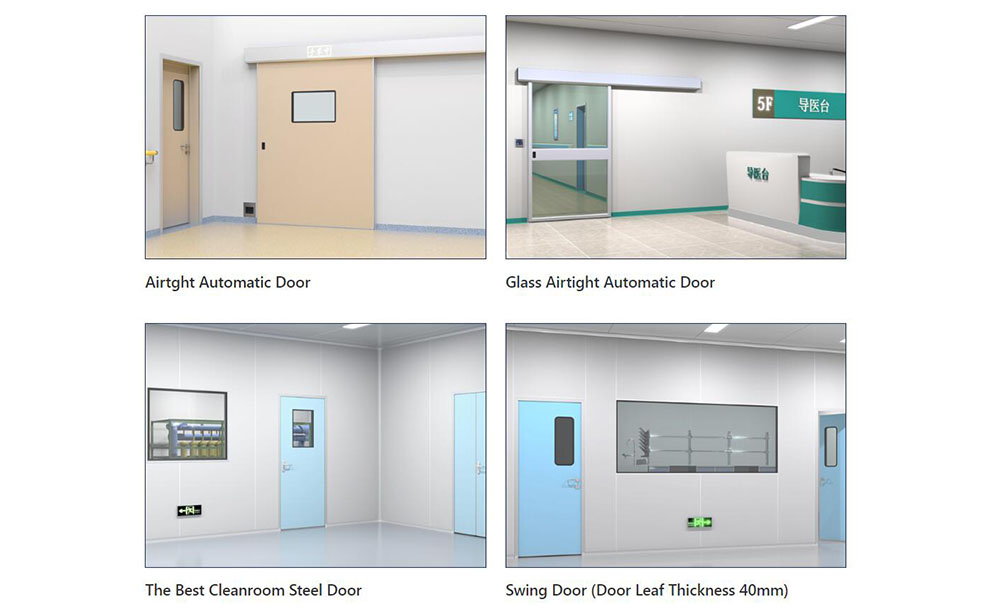
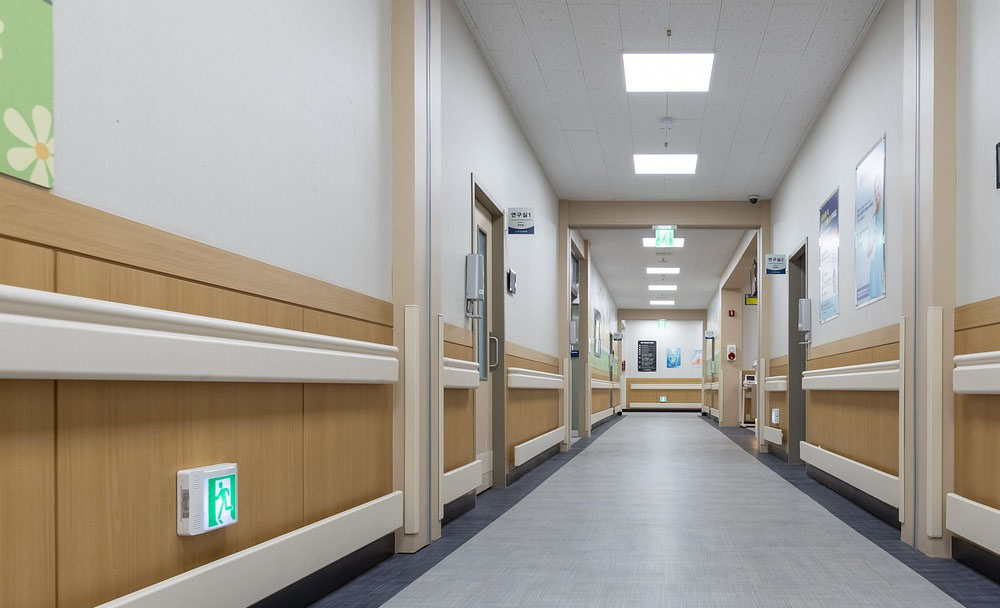
.jpg)
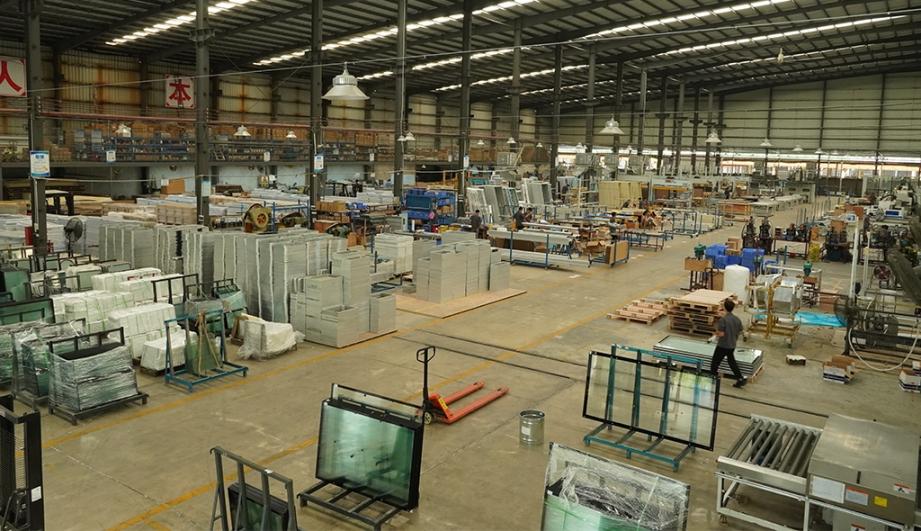

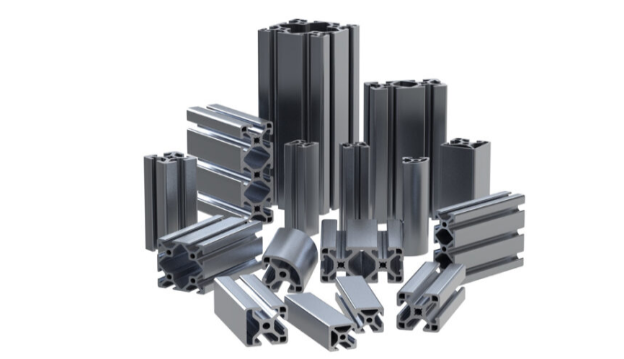
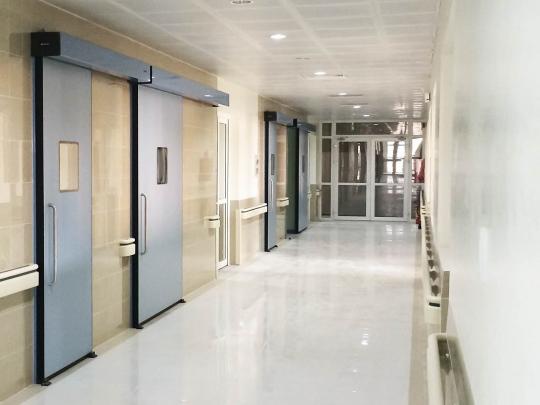
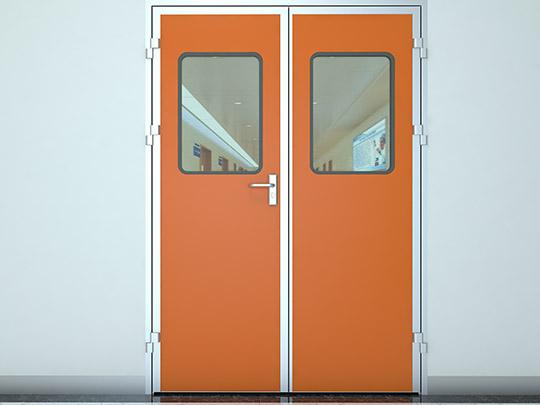
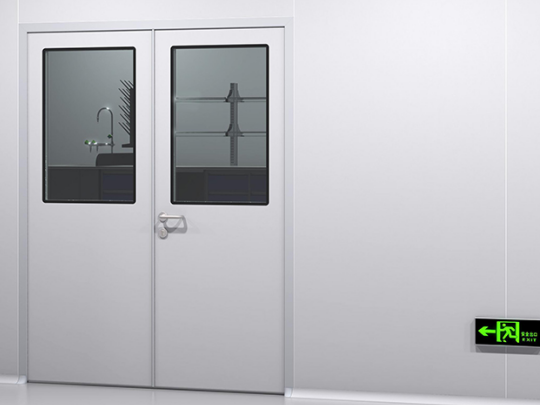
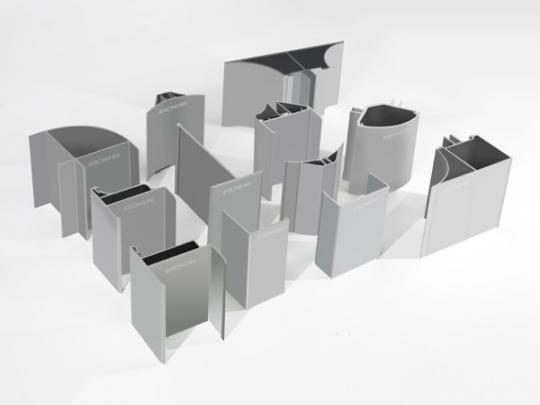

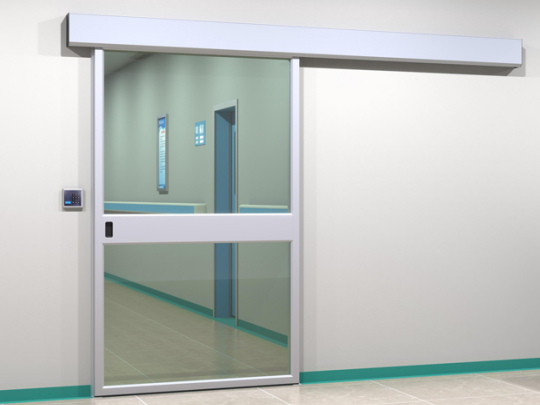
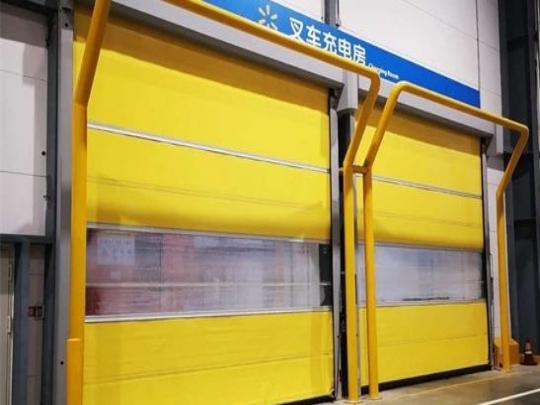
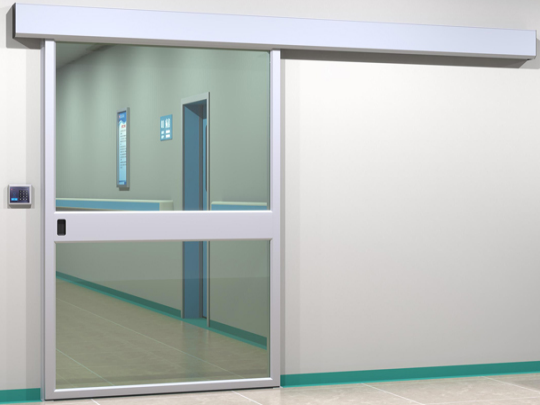
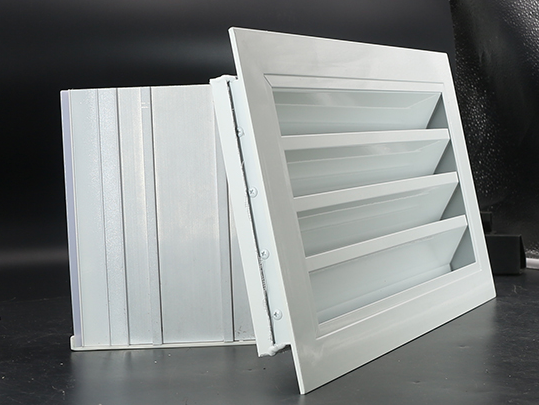
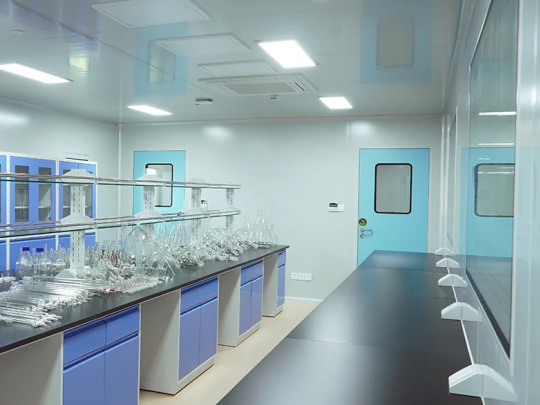
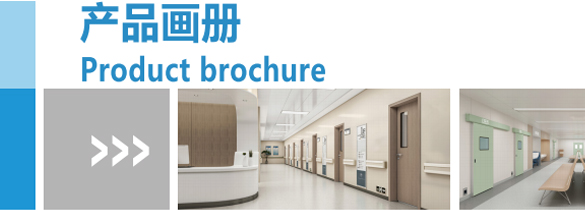









Speak Your Mind